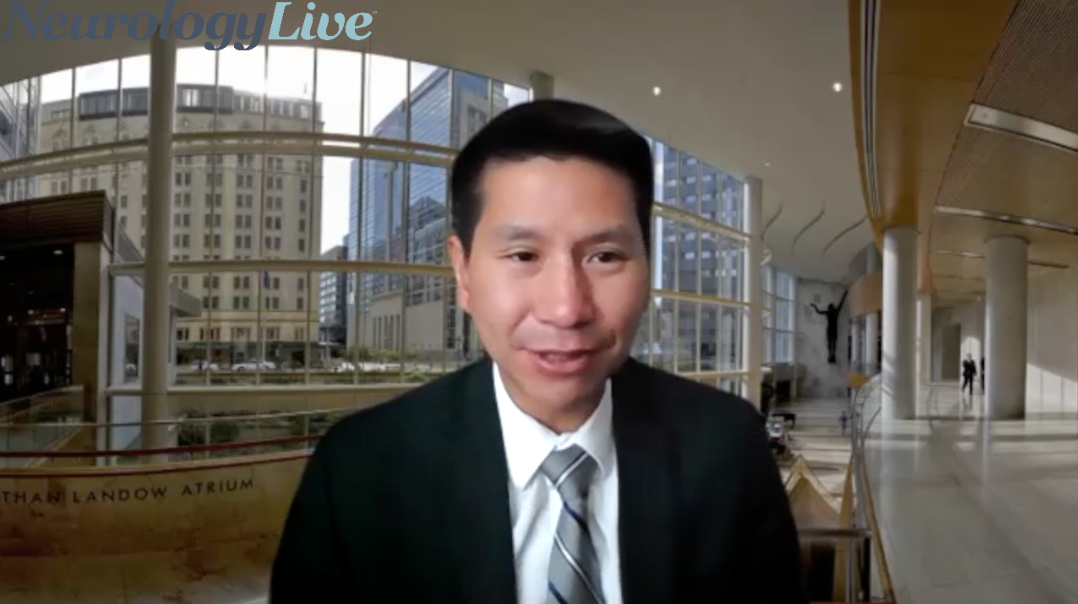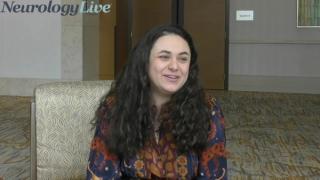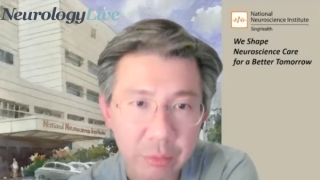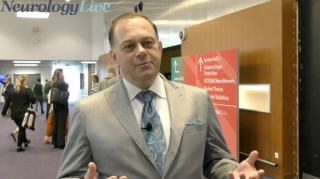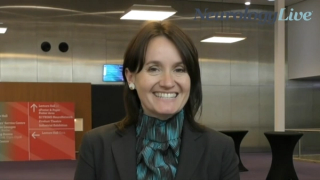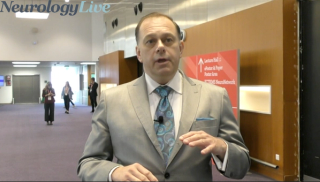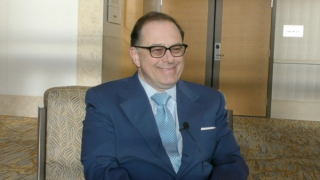
NMOSD
Latest News
Latest Videos

CME Content
More News

Expression of CD16 and activation markers in natural killer and natural killer-T cells may be responsible for the escalating autoimmune activity in NMOSD.

The director of IT and Neuroinformatics Development at the Buffalo Neuroimaging Analysis Center provided perspective on the sudden explosion of artificial intelligence, and how it can be applied to MS care.

Nine of the 10 participants with NMOSD included in the case series have remained relapse-free after switching to satrlizumab from previous therapy.

Of 2 patient fatalities in the analysis, one was unvaccinated and treated with nonconventional therapies for COVID-19 and the other had a history of deep venous thrombosis and was complicated by pulmonary embolism.

Bruce Cree, MD, PhD, MAS, FAAN, clinical research director of the UCSF Multiple Sclerosis Center provided insight on 2 post-hoc analyses of the N-MOmentum trial for NMOSD that were presented at 2023 ACTRIMS Forum.

A survey showed that 69% of patients with neuromyelitis optica spectrum disorders reported lost income because of hospital visits related to disease relapse.

Results from the open-label SAkuraMoon study show consistent relapse freedom in satralizumab-treated patients with aquaporin-4-IgG-seropositive NMOSD.
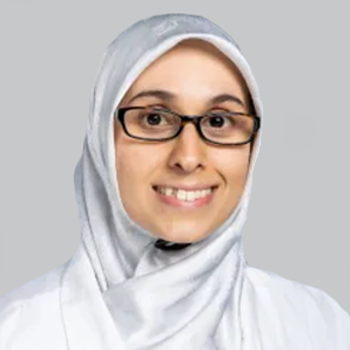
An analysis of patients with MOGAD showed that only 50% of those treated with various immunotherapies over a long-term period maintained relapse-free status.

A cross-sectional and longitudinal comparative analysis suggests a subclinical neurodegenerative process may occur in MOG antibody disease based on a distinct pattern of brain atrophy.

Results from the CIRCLES cohort demonstrated a significant association in relapse patterns and disease phenotype for patients with NMOSD who change treatment.

Test your neurology knowledge with NeurologyLive®'s weekly quiz series, featuring questions on a variety of clinical and historical neurology topics. This week's topic is neuromyelitis optica spectrum disorder, or NMOSD.

The new criteria, inclusive of both pediatric and adult patients, advocates for testing for MOG-IgG in appropriate populations, and cautions against testing patients with clinical and radiological features typical of multiple sclerosis.
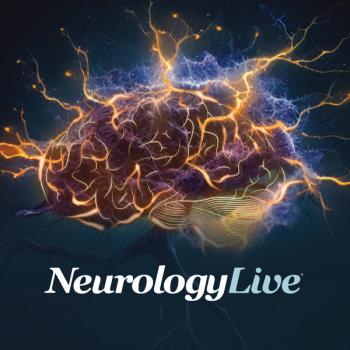
Data showed that slightly more than half of the patients with NMOSD visited at least 2 neurologists before receiving full diagnosis, and less than 30% reported they were aware of at least 1 nearby specialized NMOSD center.
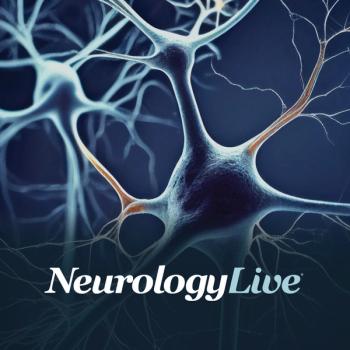
According to a medical records analysis, patients with late onset NMOSD experience transverse myelitis more frequently at disease onset in comparison with early onset NMOSD.

Featuring a cohort of more than 500 patients with NMOSD, data showed that those with comorbidities exhibit multiple presentations and are more likely to relapse after immunotherapy.

Results from on ongoing phase 1 trial showed a favorable safety profile with CT103A in patients with NMOSD.

A rare case of neuromyelitis optica was reported with a woman aged in her 70s from Iran who experienced neurological symptoms after COVID-19 vaccination.

A study reported a rare case of seronegative NMOSD with a middle-aged man in Nepal who did not improve in clinical status and performance after given treatment.

A rare case report illustrated an 80-year-old man with aquaporin-4 antibody-positive NMOSD following a second dose of the Pfizer-BioNTech COVID-19 mRNA BNT162b2 vaccine.

Results from a prospective study demonstrated a higher visual field defect in patients with neuromyelitis optica spectrum disorder-optic neuritis compared with those who had idiopathic optic neuritis.
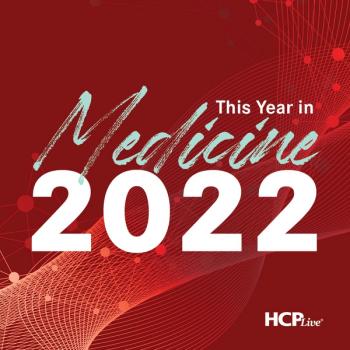
As the treatment paradigm for neurologic diseases rapidly progresses, the need for more thorough biomarker tools to measure disease progression and severity has increased, and in recent years, GFAP has emerged as a valuable candidate to add to the existing panel.

Bruce Cree, MD, PhD, MAS, FAAN, offered his perspective on data from the phase 2/3 N-MOmentum trial of the recently approved inebilizumab (Uplizna; Horizon Therapeutics) and why the therapy stands out from other NMOSD treatments.
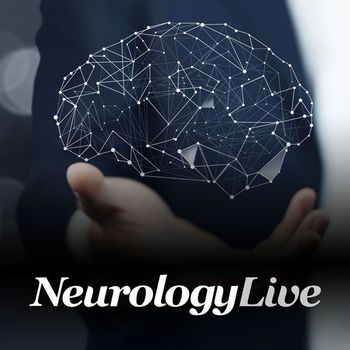
A meta-analysis suggests that 100mg/w rituximab for 3 consecutive weeks may be the appropriate dosage for patients of NMOSD, demonstrated by a low risk of adverse events.

The clinical research director of the UCSF Multiple Sclerosis Center provided perspective on several analyses from the N-MOmentum trial that highlight the clinical use of biomarkers in NMO and NMOSD.
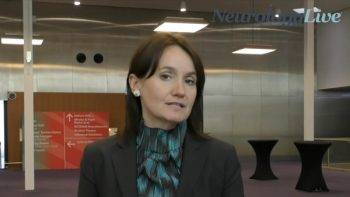
The associate professor of neurology at the University of California, San Francisco, discussed takeaways from an oral presentation at ECTRIMS 2022 on the use of anti-CD20 therapies in postpartum for patients with MS and NMOSD. [WATCH TIME: 5 minutes]

